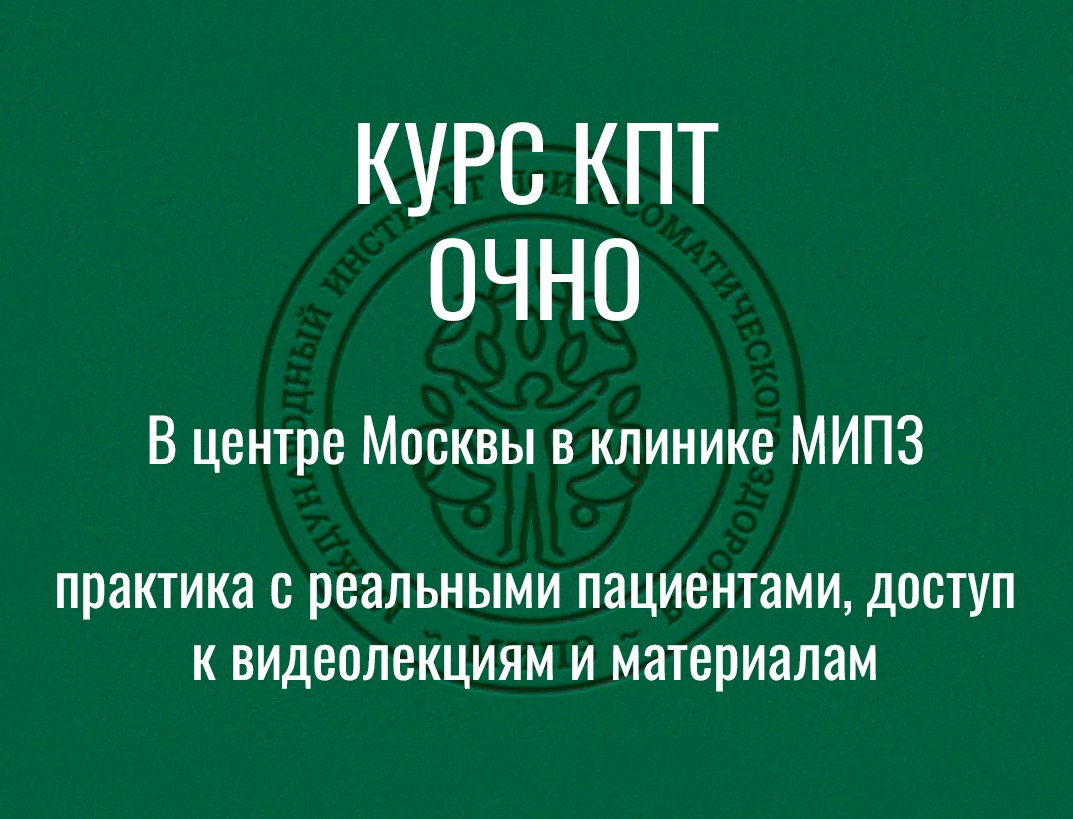‘Pushing into the adult’, the first characteristic pattern of approach, seemed to have two compounded meanings. It appeared to be a ‘breast-seeking pattern’, but also a search for a space inside the adult at moments when ordinary tactile, visual and vocal contact were felt to be impossible. ‘Pushing into the adult’ involved great effort, corresponding to the intensity of Serioja’s desire for a link. His face assumed an expression of anticipated pleasure (linked perhaps to the search for breast or nipple), mingled with an expression of discontent (suggesting his fear of failing to establish the desired emotional contact even if he managed to penetrate). The following observation illustrates this pattern:
Serioja at twelve months and twenty days old
I am sitting on the floor of the playroom holding Rima. Serioja crawls towards me and ‘rams’ me, he pushes his nose into my right thigh. His eyes are screwed shut, his eyelids seem glued together: he pushes into me like a blind kitten. He leans on may leg with his runny nose and dirties my trousers. I try to lift his head and chest; Serioja opens his eyes and fleetingly looks into mine. He cannot sustain this glance, but smiles. His expression is ambiguous: it is his ‘wrinkled into a smile’ face, where his smile does not express unadulterated happiness. He contracts his muscles; his expression changes into one of suffering. He pushes his nose and face into the same place on my leg, with such strength that I cannot pull him away. He seems to want to take root in my body.
‘Wanting to be held by the adult’, the second pattern, was less compulsive and passionate than the first. Indeed, it was expressed mostly by cautious, weak movements, which the adult needed to support clearly and consistently, in order to counteract the child’s persistent doubt that close emotional contact could be possible for him. This doubt was expressed not only by the timidity of his approach, but also by the mixed quality of his facial, vocal and postural emotional expression, which seemed to mask his wish to be held. In the following observation, Serioja oscillated between despair and delight according to the degree of security he experienced in emotional contact with the adult.
Serioja at fourteen months and fourteen days old
Serioja approaches Iulia [the student participating in the research], pushes into her legs, grabs her with his hands, suddenly moves to the side, cries, then approaches her again and moves towards her necklace. For a while he rushes back and forth between various objects, falling down on each of them in turn. He cries desperately as he falls first on Iulia, then on a big ball. He then falls on the back of the sofa. Sobs burst from him each time he falls on a supporting object.
When Iulia sits on her knees in front of Serioja, in a more open and accessible position, he stays next to her for longer. He tries to climb on her, he puts his foot on her thigh, he doesn’t let go. He touches her necklace, presses his face into her breast and remains in that position for a few minutes. Very pleased, he vocalises, ‘A-a-i-a-a’. At this moment, Assia approaches Iulia. Serioja bites her: Assia cries. Serioja walks around Iulia as though circling a mountain. Again he moves between Iulia and a bag, on which he periodically leans his forehead, whimpering. Serioja bites Roma who was approaching Iulia, and he continues to vocalise: ‘I-a-ah-eh-i’, ‘i-he, i-ha’.
Iulia rocks Serioja on the big ball, holding him by his feet, then under his arms. He giggles, and vocalises: ‘uh-uh-uh’. It is hard to tell whether or not he likes this rocking. Iulia lowers him to the floor. He immediately whimpers and leans on the big ball with his forehead. Sobbing, he tries to seize it with his teeth.
Comments:
I wish to underline Serioja’s new capacity to represent his collapse symbolically, by falling on Iulia and on various inanimate objects. Instead of being completely submerged in his painful experience, he can communicate it to an adult in a way she can understand. This gives him an opportunity to restore contact with her, which had seemed to be almost impossible when the observations began. Similarly, Serioja manages to avoid disintegrating when Iulia leaves him: instead, he desperately bites the big ball, an inanimate object which can now represent the obstacle to contact (probably another child).
At hard-won moments of more secure contact, Serioja begins to form the basic attachment patterns which are used to maintain proximity to the adult and to elicit her wish to sustain it. He easily adapts his body to the adult’s position, he coordinates tactile contact with a pleased vocal communication, although still without adding eye contact. Instead, Serioja looks at Iulia’s necklace: this preference is quite common among the orphanage babies. A possible explanation is that the baby fixes with his gaze an object between himself and the adult, and hold onto it with his hands, because he is still insecure about making direct visual contact with the adult (Bick 1968). Previous unsatisfactory experience may also have taught Serioja that a direct gaze can make the adult interrupt close contact (Trad 1986), especially if the baby is projecting into the adult’s eyes the anger elicited by early frustrations.
pseudo-autistic state – previous | next – tactile contact







.jpg)
.jpg)
.jpg)
















